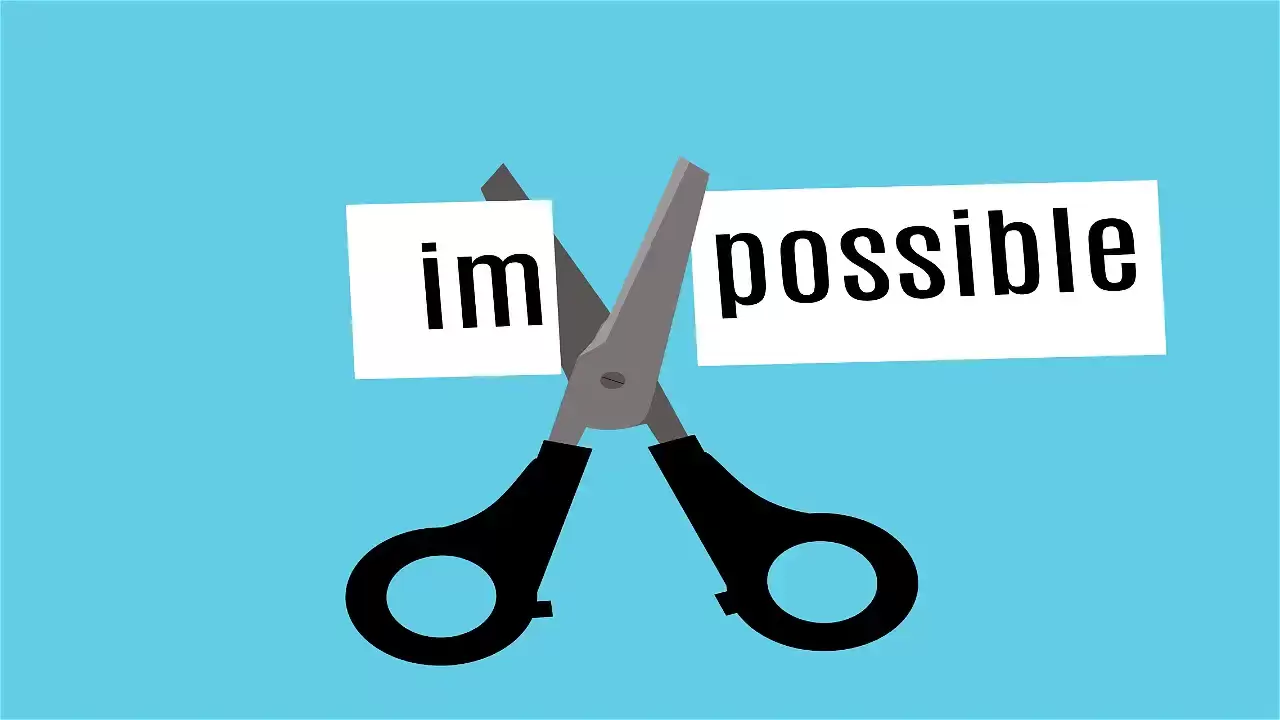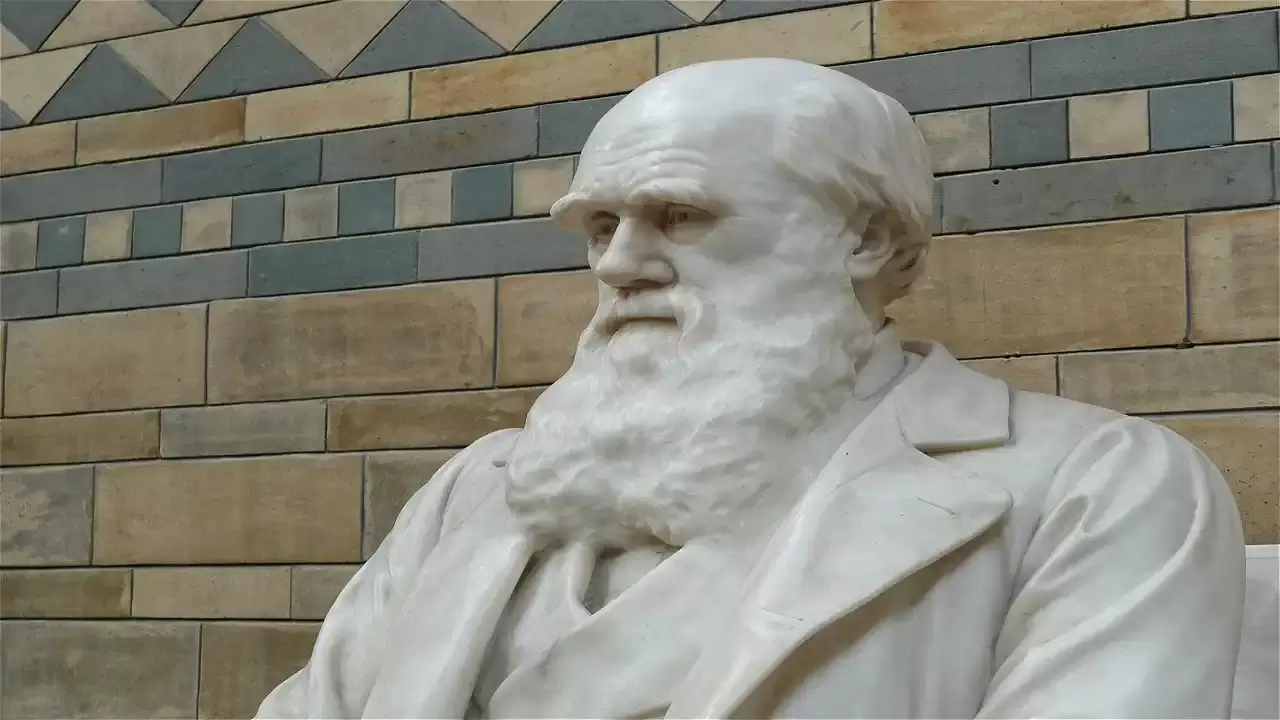
Those who internalize the main message of this post will understand that everything we know about evolution is fundamentally wrong. The conclusions are breaking the order of Genesis, no less!
- Recently, scientists and mathematicians have been re-undermining Darwinian theory, except for the principle of natural selection, which has a scientifically proven explanation. We are very close to a situation in which quantum supercomputers, combined with artificial intelligence dedicated to genetics, can perform genetic simulations and refute the theory of second-order evolution while changing the number of chromosomes.
Extraterrestrials, as stated in channeling, claim that humans are not descended from apes and do not originate from Earth.
Charles Darwin (father of the theory of evolution), 1809-1882.

Introduction to Darwinian evolution.
Link: Evolution (Wikipedia)
The theory of evolution, as presented by Charles Darwin in his book The Origin of Species (published in 1859), is widely accepted among scientists, thanks to genetic analysis and preserved fossils that demonstrate gradual development through natural selection.
The principle of natural selection: (Correct principle)
The principle of natural selection reflects that genetic changes contributing to competitive advantage and survival will be passed on to future generations through heredity. Changes that cause the opposite will disappear gradually. (Because the individual will not survive to reproduce)
- Suppose you look at the changes caused by natural selection. In that case, you will notice that these are relatively minor changes, such as the elongation of the giraffe's neck so that it can lap leaves at a higher altitude, better camouflage colors in reptiles, a suitable beak for fishing in water birds, and more. These minor changes, caused by random mutations, result in genetic changes in future generations only if they serve the survival of the species.
Second-order evolution, which involves changes in the number of chromosomes, is unlikely.
Unlike in first-order evolution, second-order genetic changes, which involve a change in the number of chromosomes, often reflect a severe genetic malfunction, typically leading to death or disability. (Just for the sake of indication, Down syndrome (causes mental retardation) is the result of a genetic malfunction that creates 47 chromosomes instead of 46.
- Second-order evolution, with a change in the number of chromosomes, is improbable. All fossil family trees are nothing more than a trail of orange peels! The fossils tell a true story—it's not random; extraterrestrials created it.
It is essential to emphasize that the conclusion applies to all mammals and other species and rejects all accepted explanations of life on Earth.
- Paradoxically, the theory of evolution (second-order) has established family trees based on numerous reliable fossil findings, which confirm the theory without any doubt. Thus, it is a theory with a perfect alibi, but it is logically wrong!
- There was no science of genetics like there is today in Charles Darwin's time. Still, because the theory is so entrenched, no one bothered to test whether second-order evolution was practically possible with a change in the number of chromosomes.
Since mammals do not have virgin reproduction, the first apes with 46 chromosomes (our ancestors) had to start with the first individuals. The problem is that simulations, even relatively simple ones, demonstrate that this is statistically unlikely.
In mammals, an odd number of chromosomes creates problems because chromosomes always come in pairs. (A pair from each side)
- The hybridization of horses (with 64 chromosomes) and donkeys (with 62 chromosomes) is possible, resulting in mules with 63 chromosomes. Hybridization is possible because horses and donkeys share a high degree of genetic similarity. At the same time, mules cannot reproduce. They are not fertile.
- People with Down syndrome (47 chromosomes) sometimes (usually not) have the possibility of conceiving and having children, but obviously, the result cannot bring about a survival advantage through natural selection.
The simulation of the first humans, with 46 chromosomes, allegedly originated from apes.
- Although theoretically possible to reduce, add, multiply, or multiply by 1.5 to reach any theoretical number, this is highly unlikely in practice.
Apes have 48 chromosomes, while humans only have 46 chromosomes. Now, let's see in a simple simulation what it takes to turn apes into our ancestors, human apes with 46 chromosomes. (All fossils found were humanoid with 46 chromosomes.) Two chromosomes can be reduced to 46 directly or through two reduction iterations:
A human-like ape born with 47 chromosomes (Will be infertile or sick - Impossible scenario)
- Chances are, the Huma-like ape is not fertile.
- The human-like ape is likely sick or disabled. (Lacks critical proteins)
In an extreme scenario, indeed, the same ape-human is fertile.
- According to the principle of natural selection, even if fertile, the ape is unlikely to produce any survival advantage for future generations.
- The odd number of chromosomes can create diseases in the offspring as well! (survival disadvantage)
There is also the possibility of a mutation that occurs with 47 chromosomes but in a member of the opposite sex.
- Such a case is theoretically possible, but it is worth noting that the probability of independent events is the result of multiplying very low probabilities, which must be multiplied by the likelihood that these two will meet randomly and produce offspring.
Chances are that an odd number of chromosomes, even in two individuals, will cause infertility. (Similar to the situation with mules)
A human-like ape is born with 46 chromosomes. (Similar to humans)
- The human-like ape is likely sick or disabled. (Lacks critical proteins)
If fertile and mated with an ape with 48 chromosomes, then his offspring would have 47 chromosomes and probably be sick, disabled, or infertile.
There is also the possibility of a mutation that occurs with 46 chromosomes but in a member of the opposite sex.
- Such a case is theoretically possible, but it is worth noting that the probability of independent events is the result of multiplying very low probabilities, which must be multiplied by the likelihood that these two will meet randomly and produce offspring.
Since monkeys (like most mammals) have almost no inbreeding, the continuation of the 46-chromosome lineage requires at least one additional individual with 46 chromosomes who is not from the nuclear family (i.e., parents and children), making the statistics impossible.
When I statistically calculate (according to estimates) the probability of such an event, the result is about 10 to the power of minus 30 to minus 50! These numbers are so small that they don't even have names in the lexicon.
No (sane) scientist would dare to speak out against the theory of Darwinian evolution, for the entire scientific community would immediately condemn their views! And research grants will stop.
- I traveled especially to the channel with Mrs. Siagalit Levy to verify this strange insight. Extraterrestrials have made it unequivocally clear that humans do not originate from apes. Humans were brought to Earth and originated from another planet (They wouldn't say where humans came from)
Continue reading: Extraterrestrials Must Have Accelerated Human Evolution.
Spontaneous creation, abiogenesis, is statistically improbable.

